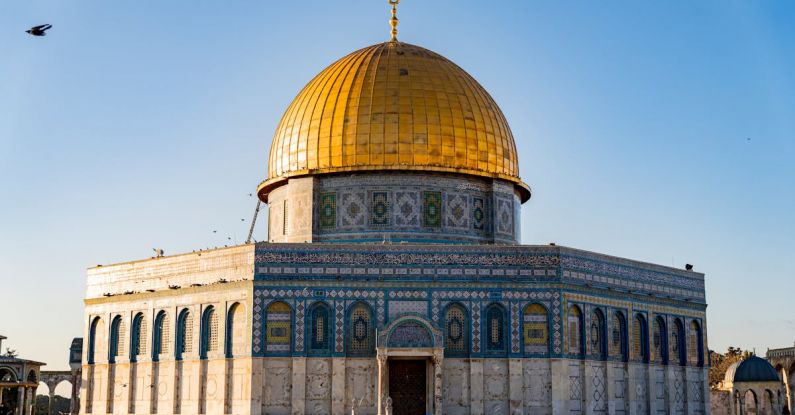
Wildlife sanctuaries in India play a crucial role in supporting ecotourism, a sustainable form of tourism that promotes conservation efforts while providing visitors with the opportunity to experience the country’s diverse wildlife and natural habitats. With over 100 national parks and 500 wildlife sanctuaries, India is home to a rich array of flora and fauna, making it a prime destination for eco-conscious travelers seeking to immerse themselves in the wonders of the natural world.
Preserving Biodiversity
One of the primary ways in which wildlife sanctuaries support ecotourism in India is by preserving the country’s rich biodiversity. These protected areas serve as vital habitats for a wide range of species, many of which are threatened or endangered. By safeguarding these animals and their ecosystems, wildlife sanctuaries not only contribute to the conservation of India’s natural heritage but also provide visitors with the opportunity to observe rare and exotic wildlife in their natural habitats.
Promoting Environmental Awareness
In addition to conserving biodiversity, wildlife sanctuaries also play a crucial role in promoting environmental awareness among visitors. Through guided tours, educational programs, and interactive exhibits, these sanctuaries help raise awareness about the importance of conservation and the need to protect the environment for future generations. By engaging visitors in hands-on activities and informative sessions, wildlife sanctuaries inspire a sense of stewardship and responsibility towards the natural world.
Supporting Local Communities
Another key aspect of how wildlife sanctuaries support ecotourism in India is by providing economic opportunities for local communities. Many of these sanctuaries are located in rural areas where communities rely on the natural resources for their livelihoods. By promoting sustainable tourism practices, wildlife sanctuaries help generate income for local residents through activities such as guided tours, homestays, and handicraft sales. This not only helps alleviate poverty in these communities but also fosters a sense of pride and ownership over their natural heritage.
Creating Sustainable Tourism Models
Wildlife sanctuaries serve as models of sustainable tourism, demonstrating how tourism can be developed in a way that benefits both the environment and local communities. By implementing eco-friendly practices such as waste management, water conservation, and renewable energy initiatives, these sanctuaries minimize their environmental impact while providing visitors with a responsible and ethical travel experience. Through partnerships with government agencies, non-profit organizations, and local stakeholders, wildlife sanctuaries work towards creating a balance between conservation and tourism development.
Enhancing Cultural Exchange
Ecotourism in India is not just about experiencing the natural world; it also provides opportunities for cultural exchange and learning. Many wildlife sanctuaries offer visitors the chance to interact with indigenous communities and learn about their traditional lifestyles and customs. By immersing visitors in the local culture, wildlife sanctuaries foster a greater appreciation for the interconnectedness of humans and nature, promoting respect for different ways of life and fostering cross-cultural understanding.
Empowering Future Generations
As centers of education and research, wildlife sanctuaries empower future generations to become stewards of the environment. By engaging students in conservation projects, wildlife monitoring, and environmental education programs, sanctuaries instill a sense of responsibility and commitment towards protecting the natural world. Through hands-on experiences and immersive learning opportunities, young people are inspired to take action and make a positive impact on the planet.
In conclusion, wildlife sanctuaries in India play a vital role in supporting ecotourism by preserving biodiversity, promoting environmental awareness, supporting local communities, creating sustainable tourism models, enhancing cultural exchange, and empowering future generations. By visiting these sanctuaries and supporting their conservation efforts, travelers can contribute to the protection of India’s natural heritage while experiencing the beauty and diversity of its wildlife firsthand.





